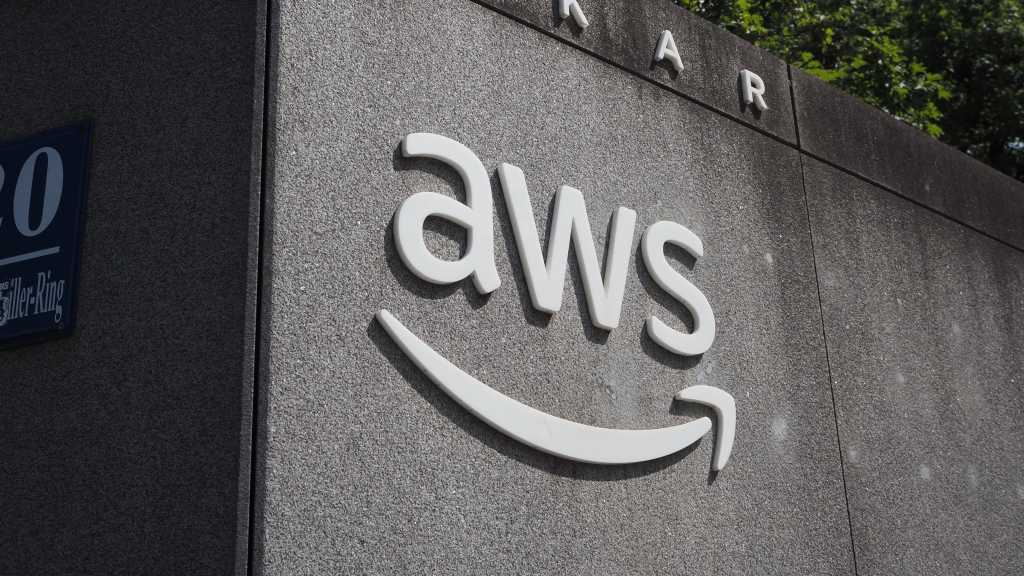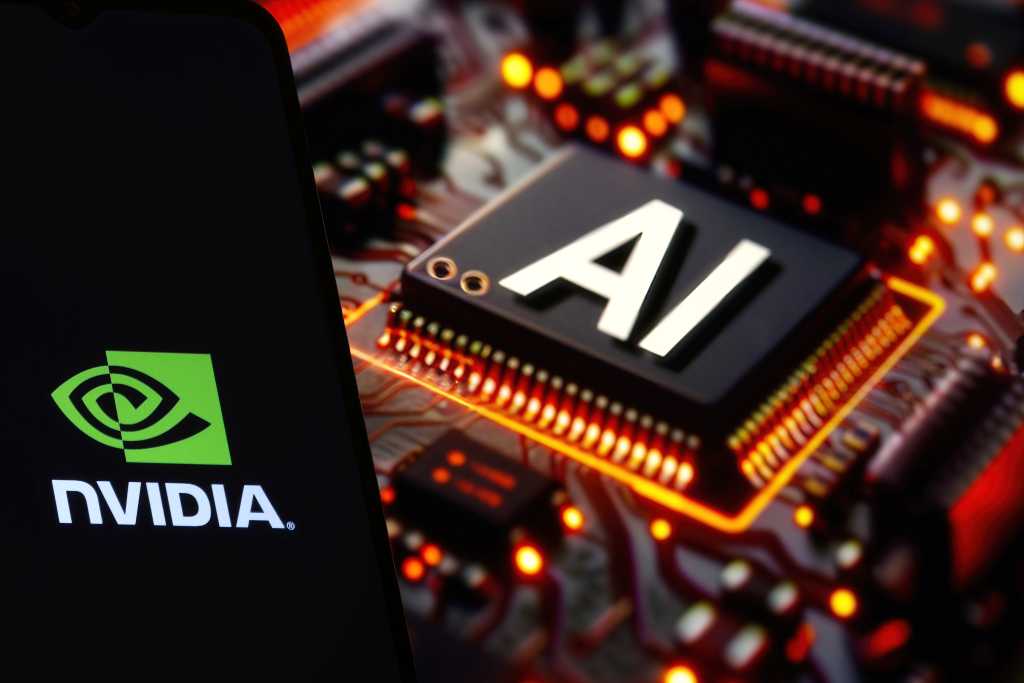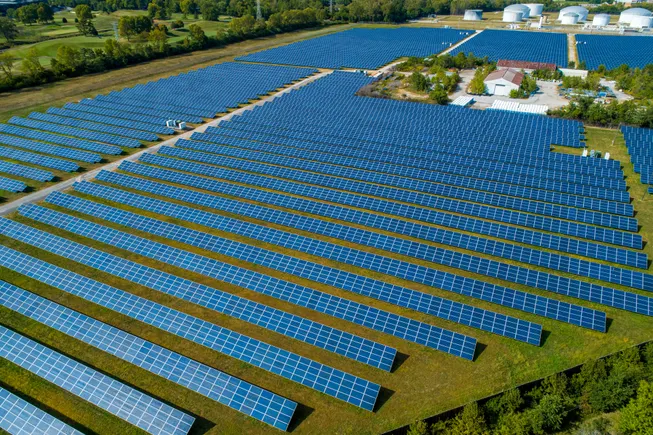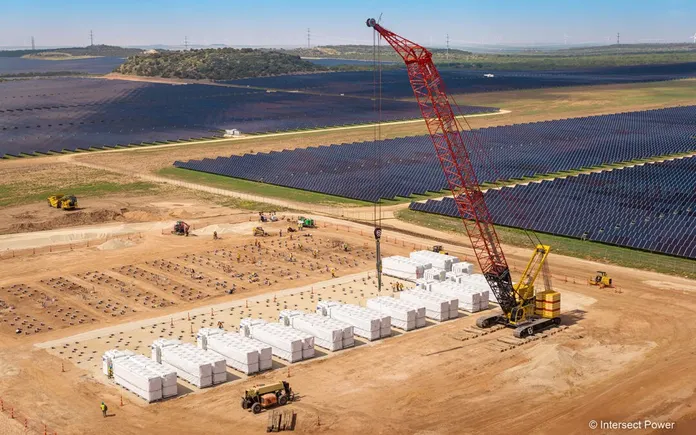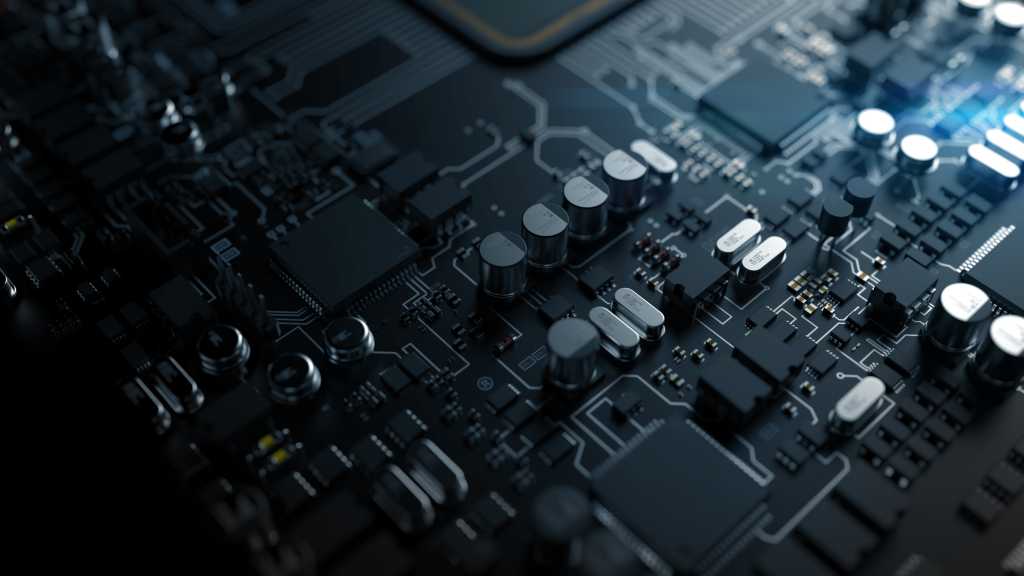
OPEC+’s oil-output hikes are part of a Saudi strategy that will see the kingdom embark on a long but shallow price war designed to recapture market share, Bank of America Corp.’s head of commodities research said.
The producer group, of which Saudi Arabia is the de-facto leader, announced a third output increase of more than 400,000 barrels a day last month, bigger than previously planned. The additions are reversing years of supply curbs that were aimed at keeping prices higher.
“It’s not a price war that is going to be short and steep; rather it’s going to be a price war that is long and shallow,” BofA’s Francisco Blanch said in a Bloomberg Television interview. That reflects a desire to take market share from US shale, which is in relatively good health but faces higher costs of production, he said.
The kingdom is also working to regain market share from fellow OPEC+ members, according to Blanch.
“They’ve done this price support already by themselves for three-plus years,” which has allowed competitors’ output to rise, he said. “They’re done with that.”
Blanch noted that the change in strategy is already producing results, with the latest US oil-drilling data from Baker Hughes Co. showing the lowest rig count in about four years.
WHAT DO YOU THINK?
Generated by readers, the comments included herein do not reflect the views and opinions of Rigzone. All comments are subject to editorial review. Off-topic, inappropriate or insulting comments will be removed.

